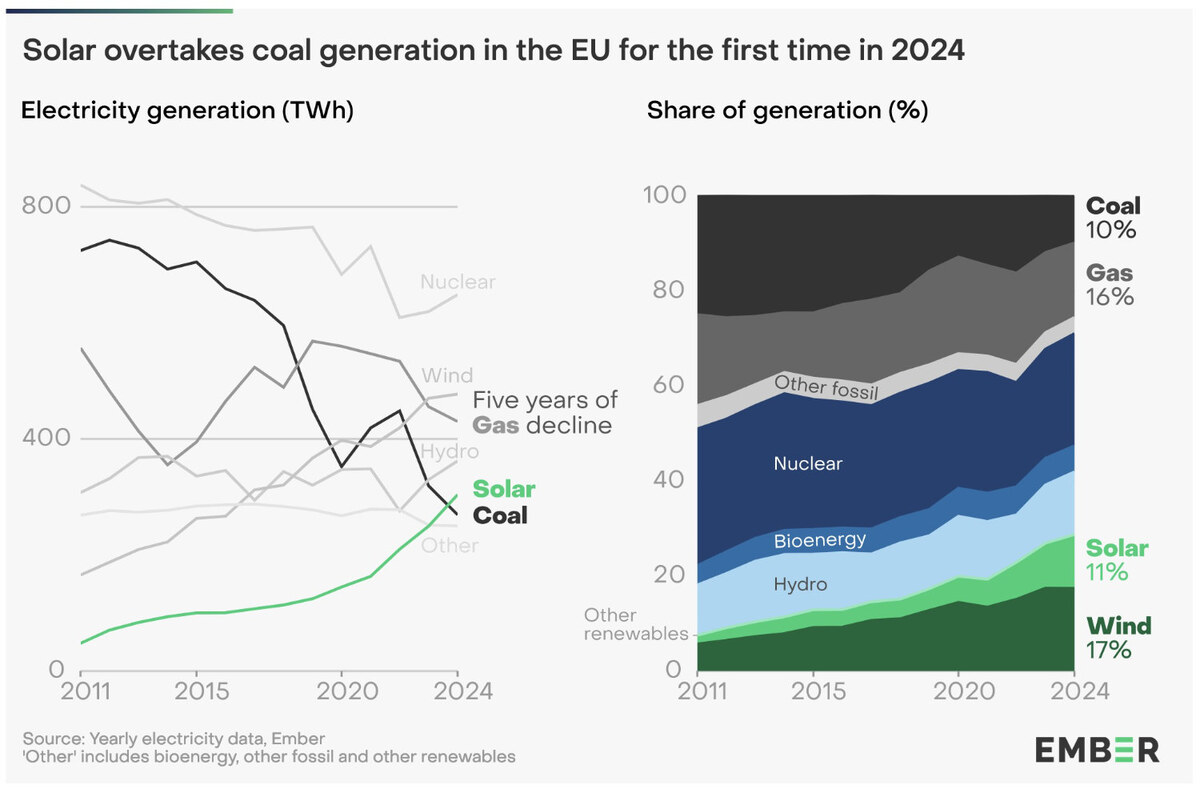DUBLIN: Voting got under way in Ireland Friday in a general election with the two center-right coalition partners neck-and-neck with opposition party Sinn Fein, following a campaign marked by rancour over housing and cost-of-living crises.
Polls opened at 0700 GMT and will close at 2200 GMT as voters choose new members of the 174-seat lower chamber of parliament, the Dail.
Final opinion polling put the three main parties — center-right Fine Gael and Fianna Fail, and the leftist-nationalist Sinn Fein — each on around 20 percent.
Counting is not due to start until Saturday morning, with partial results expected throughout the day. A final result, however, may not be clear for days as EU member Ireland’s proportional representation system sees votes of eliminated candidates redistributed during multiple rounds of counting.
Prime Minister Simon Harris was among the first to vote, in his constituency of Delgany, south of Dublin. The Fine Gael leader, who became Ireland’s youngest-ever taoiseach (prime minister) when he took over in April, held a solid lead entering the campaign.
But the party lost ground, in particular after Harris was seen in a viral clip appearing rude and dismissive to a care worker on the campaign trail.
“I’ve enjoyed putting forward my policy vision as a new leader, as a new Taoiseach,” Harris, 38, told reporters after voting.
“Now I’m looking forward to the people having their say.”
Some in his constituency did not share his optimism. IT worker Kevin Barry, 41, said he was unsure about voting “as all the options seem so terrible.”
He cited the housing crisis, in which a shortage is driving up rents. While leaning toward the governing coalition, Barry told AFP: “I am not really happy with them as they are responsible for the mess that we are in, particularly with regard to housing.”
For Peta Scott, 54, a health care worker and mother of four, housing woes meant it was “a challenge” for her children to stay in Ireland.
At the last general election in 2020, Sinn Fein — the former political wing of the paramilitary Irish Republican Army — won the popular vote but could not find willing coalition partners.
That led to weeks of horsetrading, ending up with Fine Gael, which has been in power since 2011, agreeing a deal with Fianna Fail, led by the experienced Micheal Martin, 64.
The role of prime minister rotated between the two party leaders. The smaller Green Party made up the governing coalition.
Harris has had to defend the government’s patchy record on tackling a worsening housing crisis and fend off accusations of profligate public spending.
A giveaway budget last month was also aimed at appeasing voters fretting about sky-high housing and childcare costs.
Both center-right parties stress their pro-business credentials and say returning them to power would ensure stability, particularly with turmoil abroad and the risk of external shocks.
Ireland’s economy depends on foreign direct investment and lavish corporate tax returns from mainly US tech and pharma giants.
But threats from incoming US president Donald Trump to slap tariffs on imports and repatriate corporate tax of US firms from countries such as Ireland have caused concern for economic stability.
Mary Lou McDonald’s Sinn Fein has seen a dip in support because of its progressive stance on social issues and migration policy, as immigration became a key election issue.
But it has rallied on the back of a campaign heavily focused on housing policy and claims it is the only alternative to the Fine Gael and Fianna Fail, who have swapped power since Irish independence from Britain in 1921.
After voting in her central Dublin constituency, McDonald called Friday “a historic day where we can elect a new government for change.”
Asked if voting for Sinn Fein was a vote for a united Ireland, including British-ruled Northern Ireland, she replied: “Of course it is.”
“We are united Irelanders. We have an ambitious plan for a new Ireland.”
Retiree William McCarthy voted for the party but was unconvinced they would win.



























